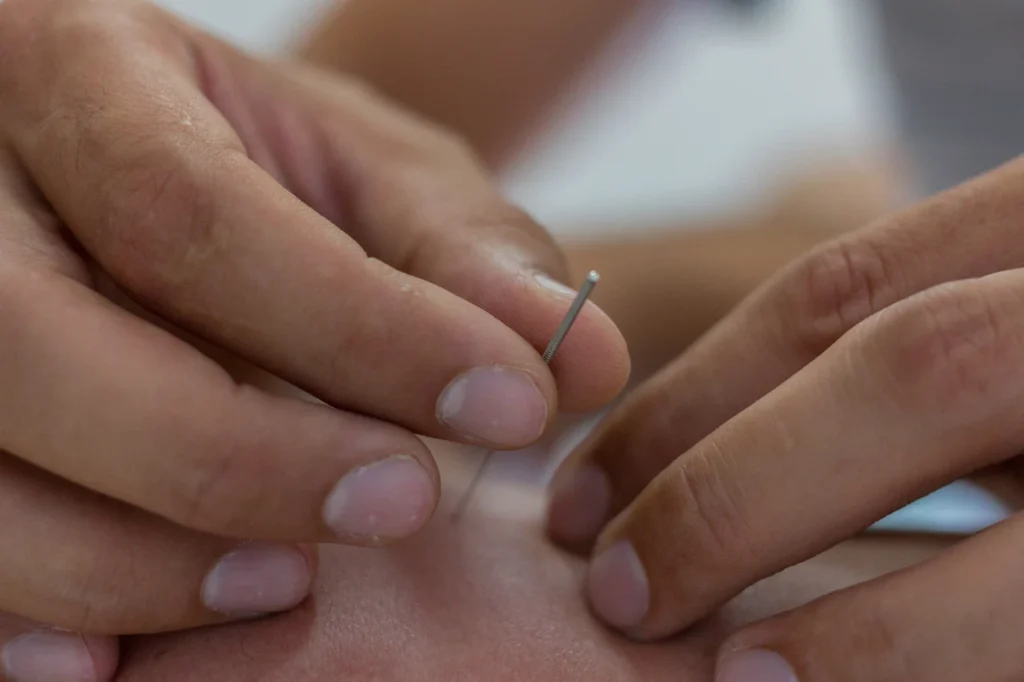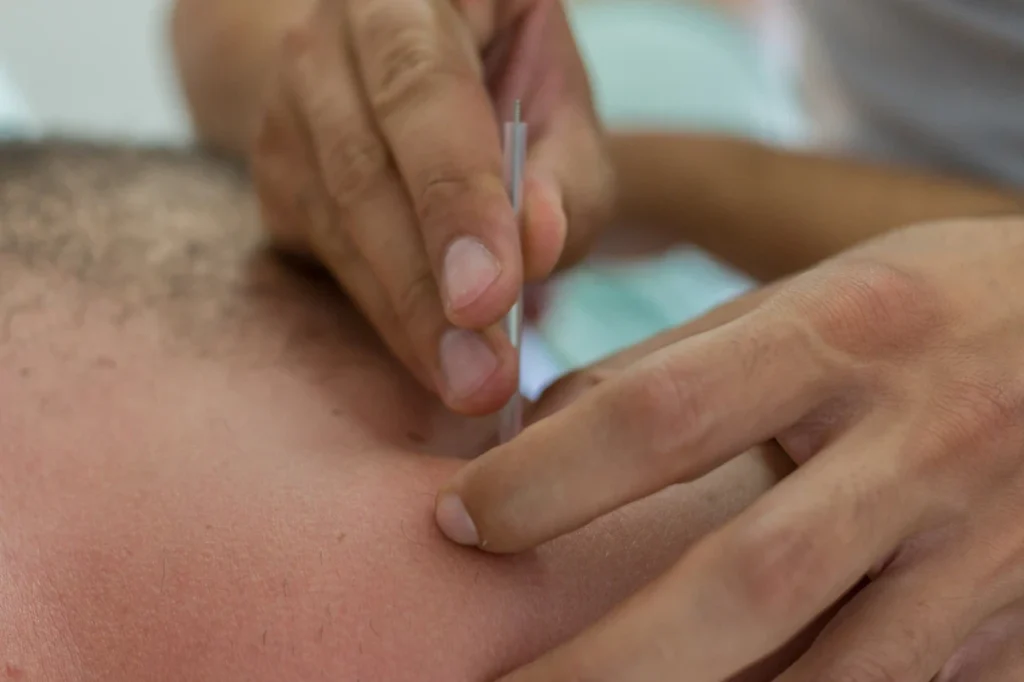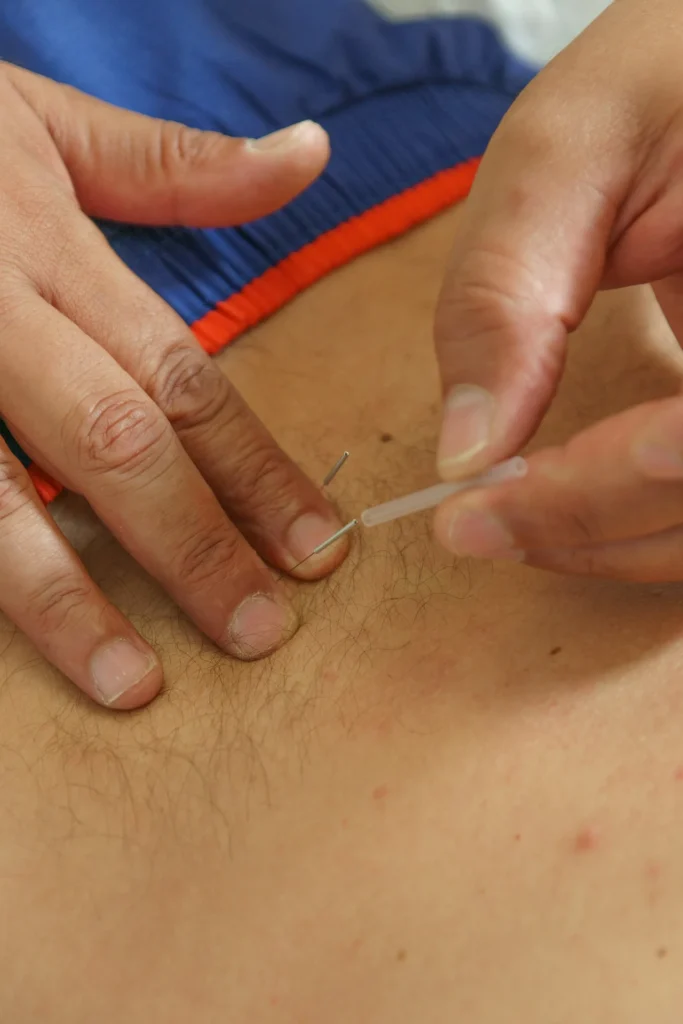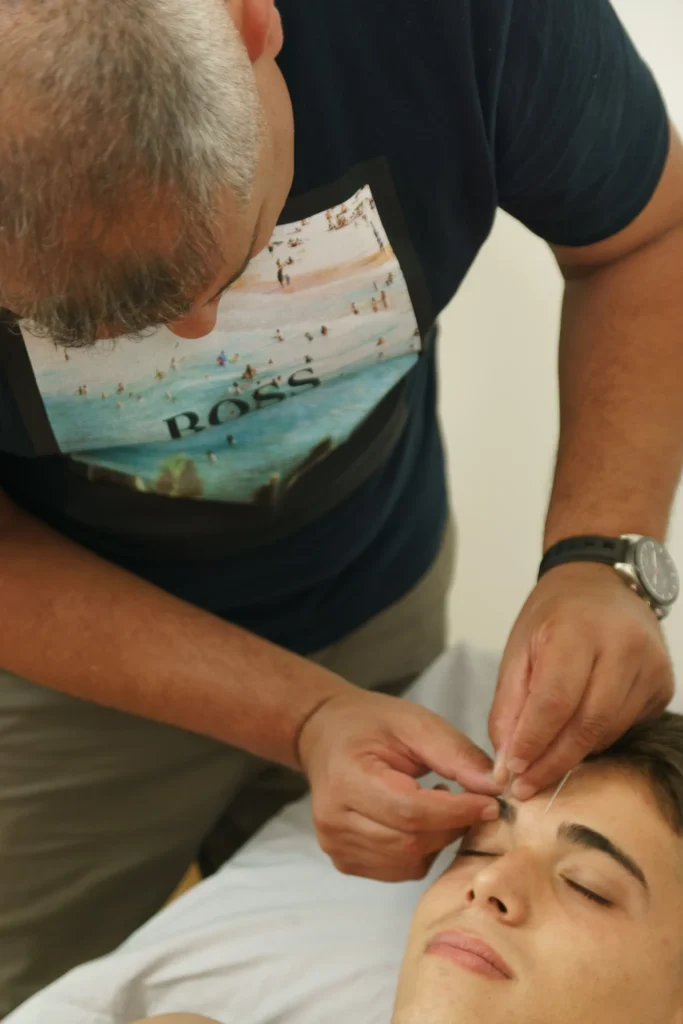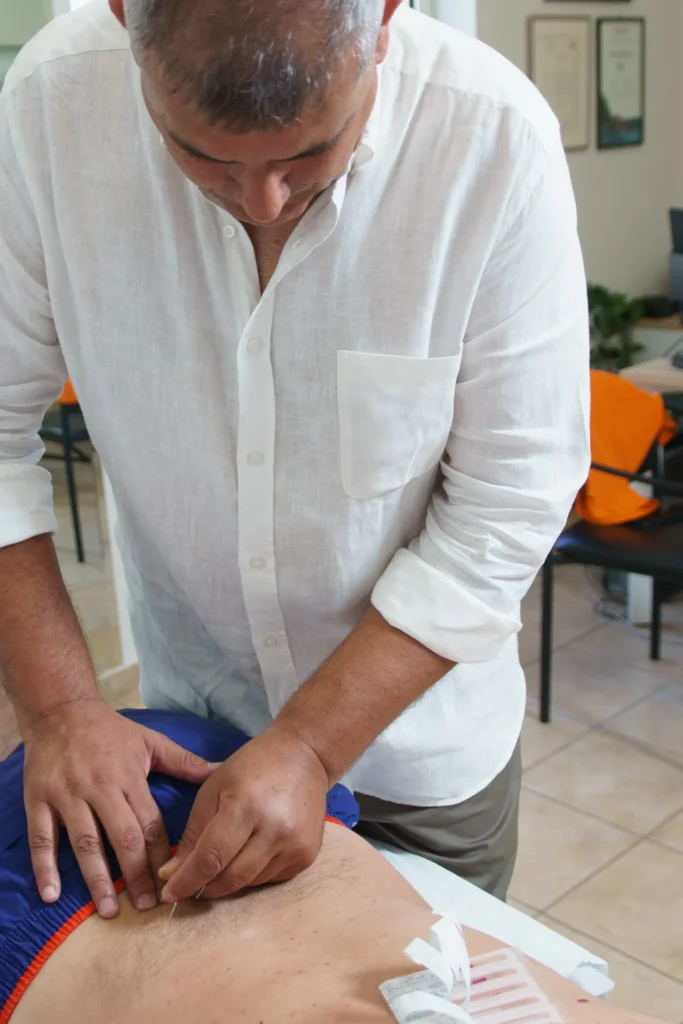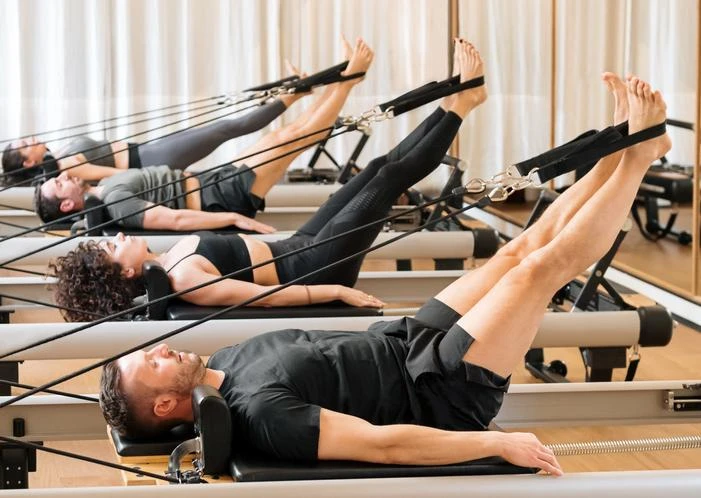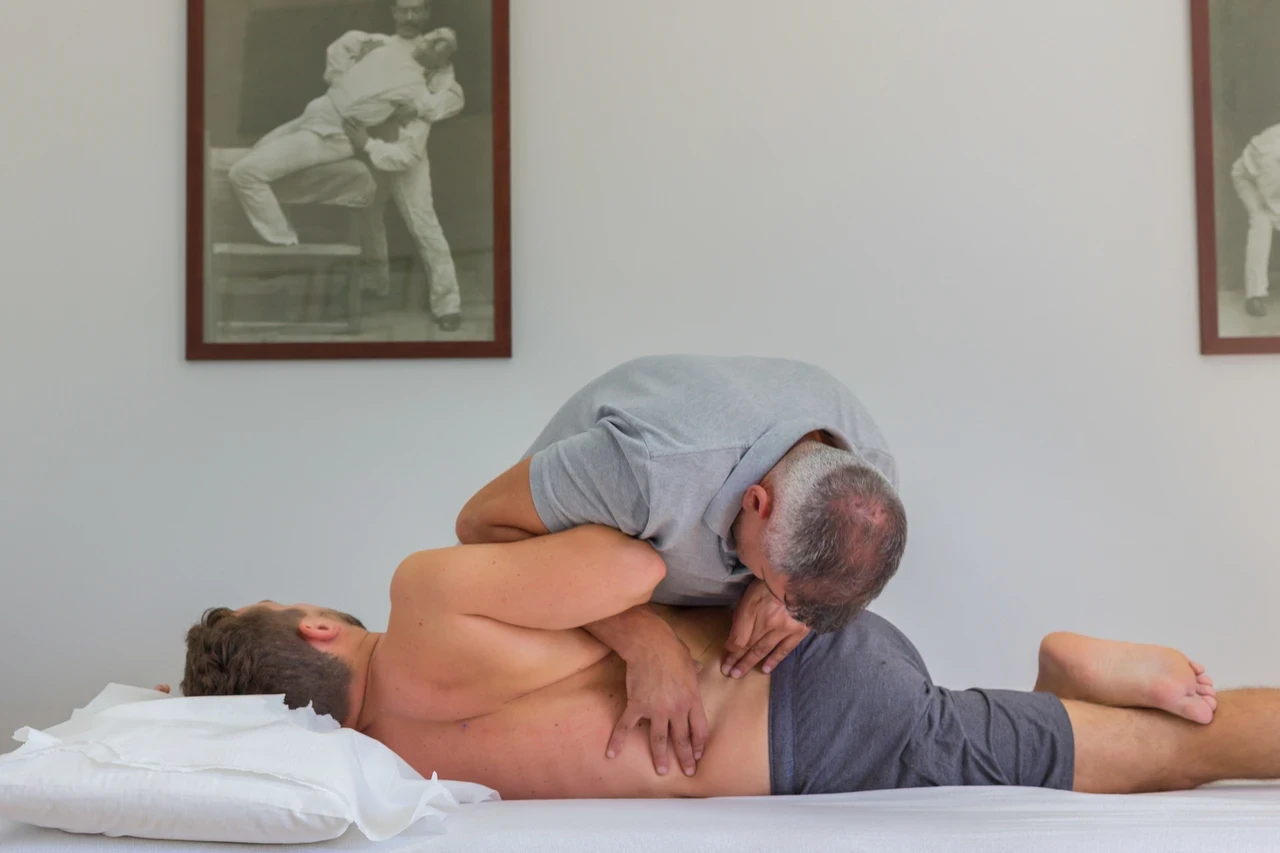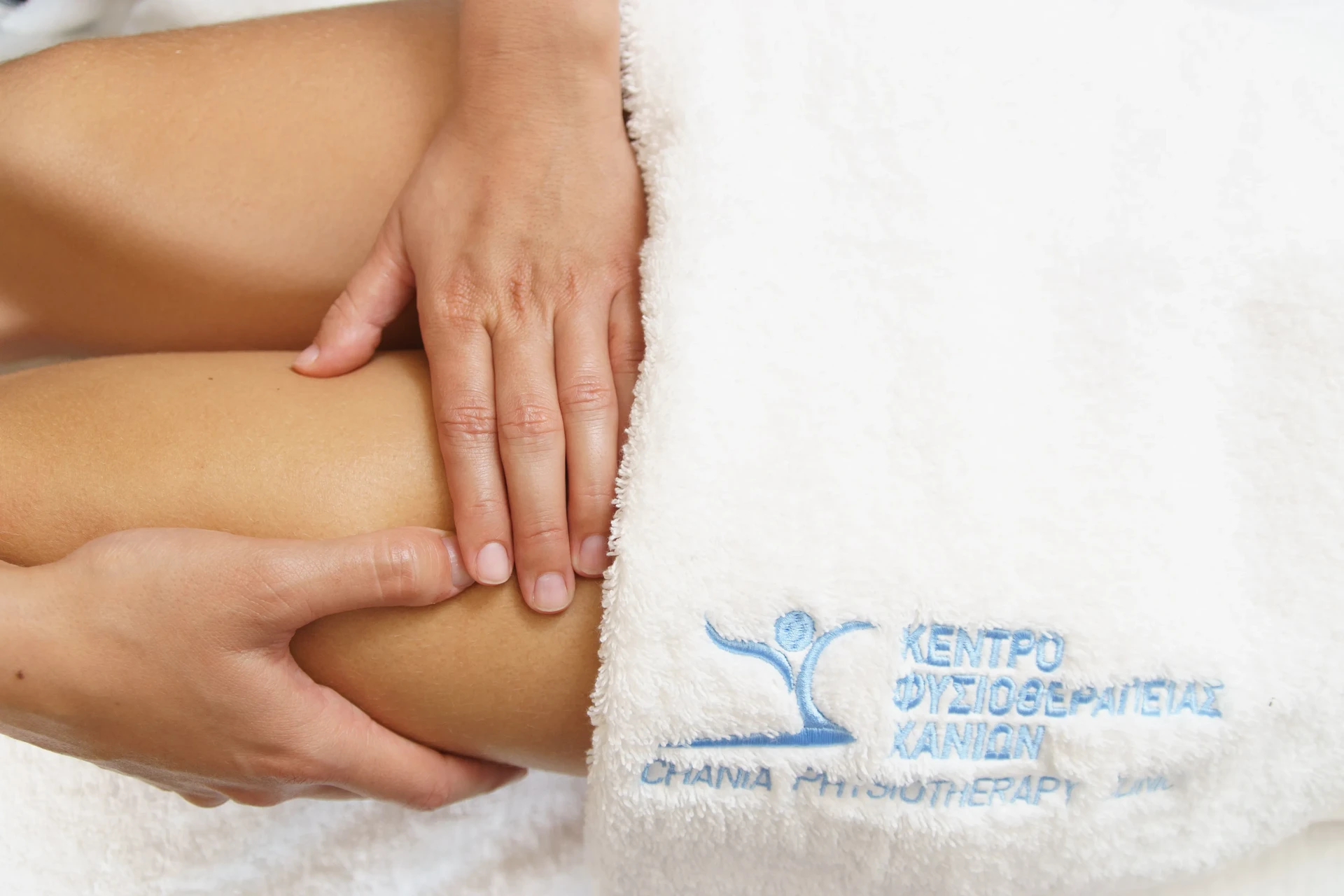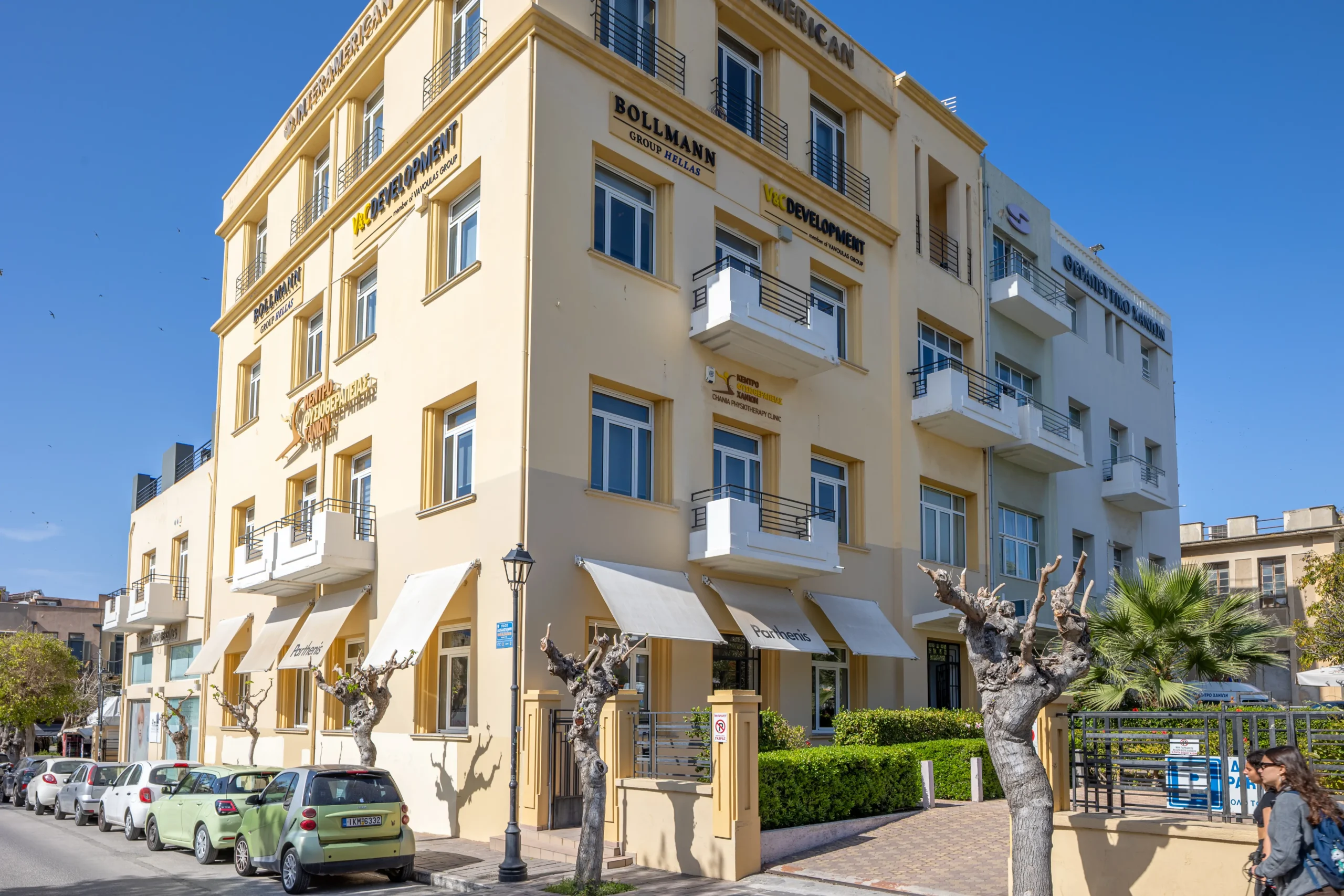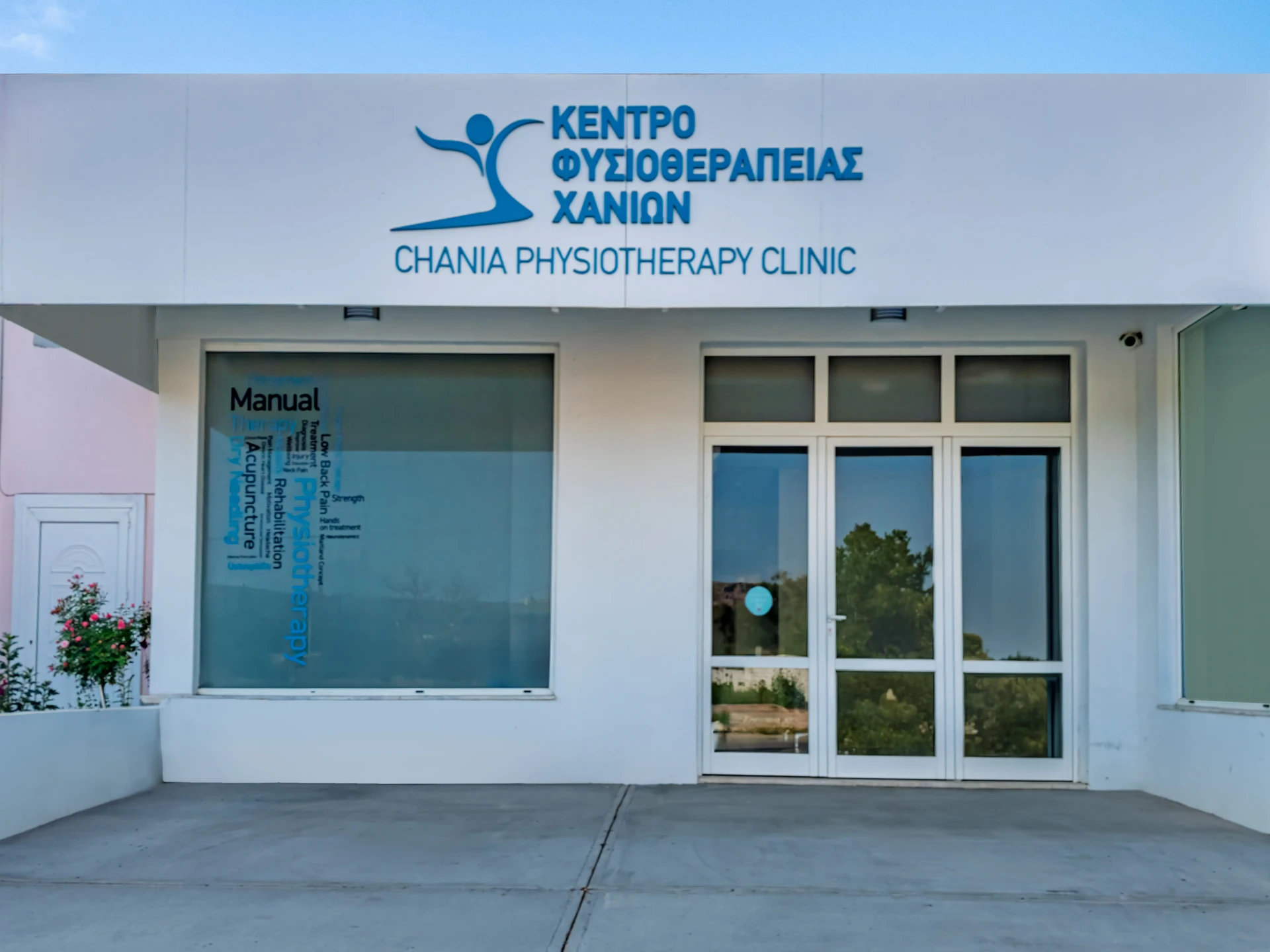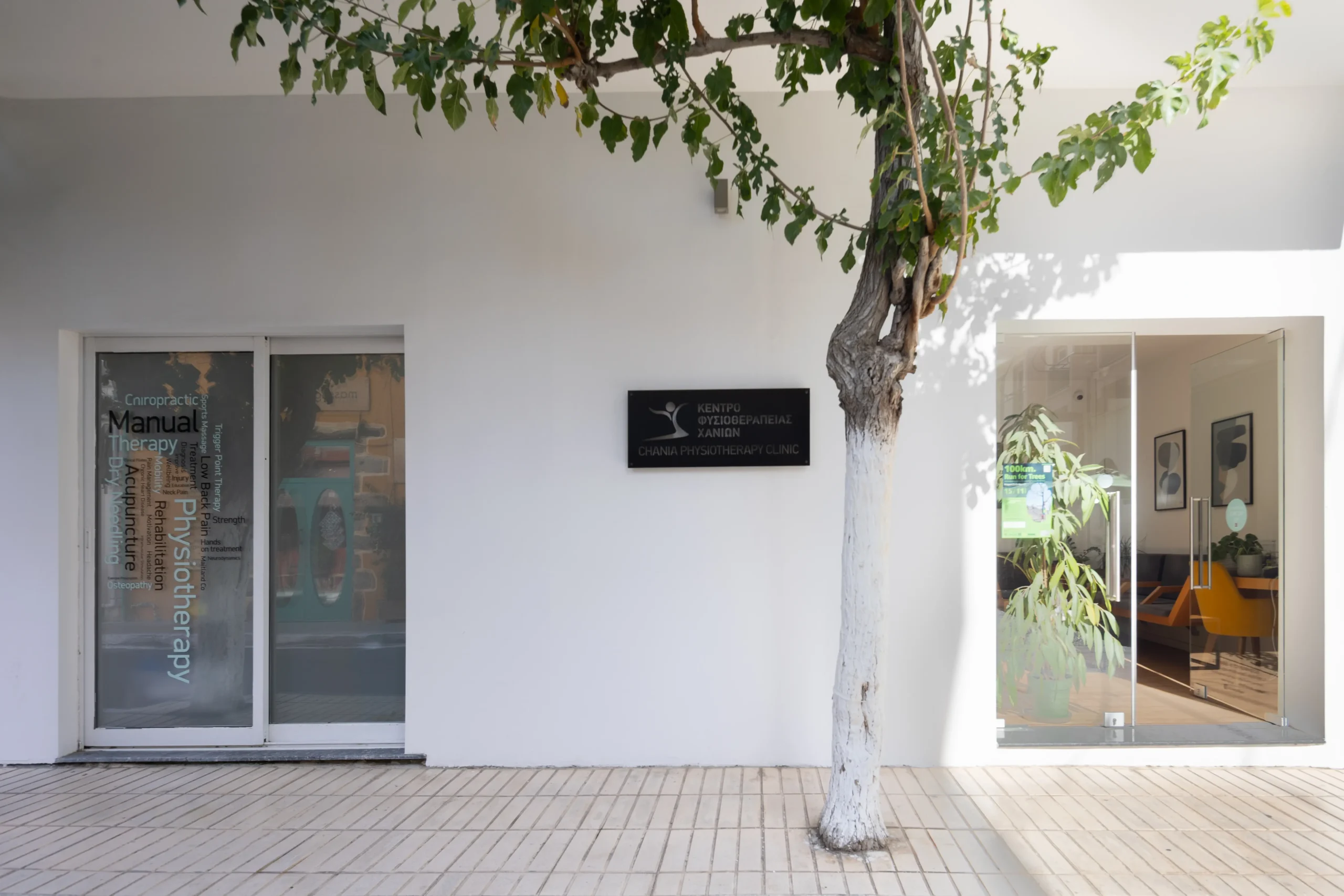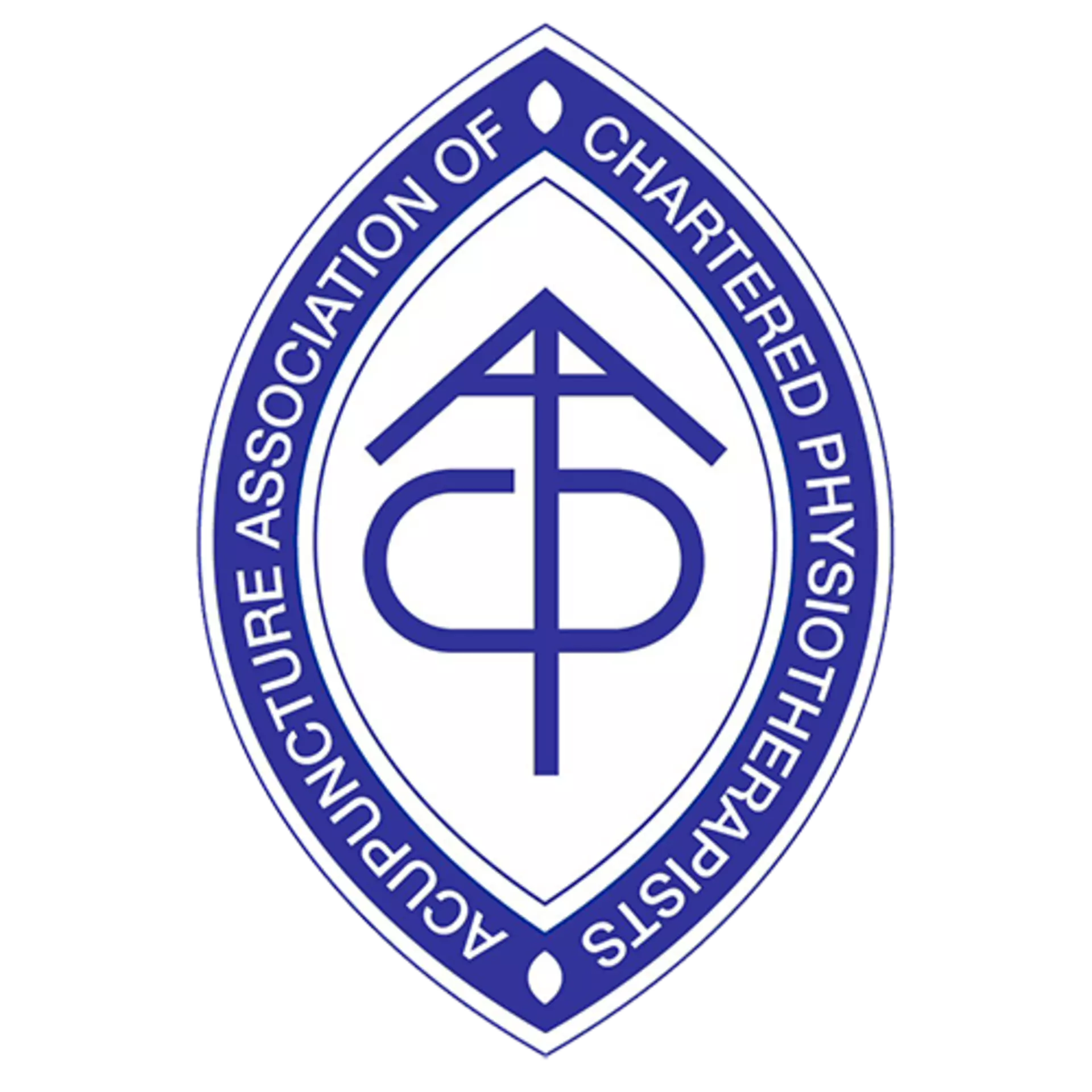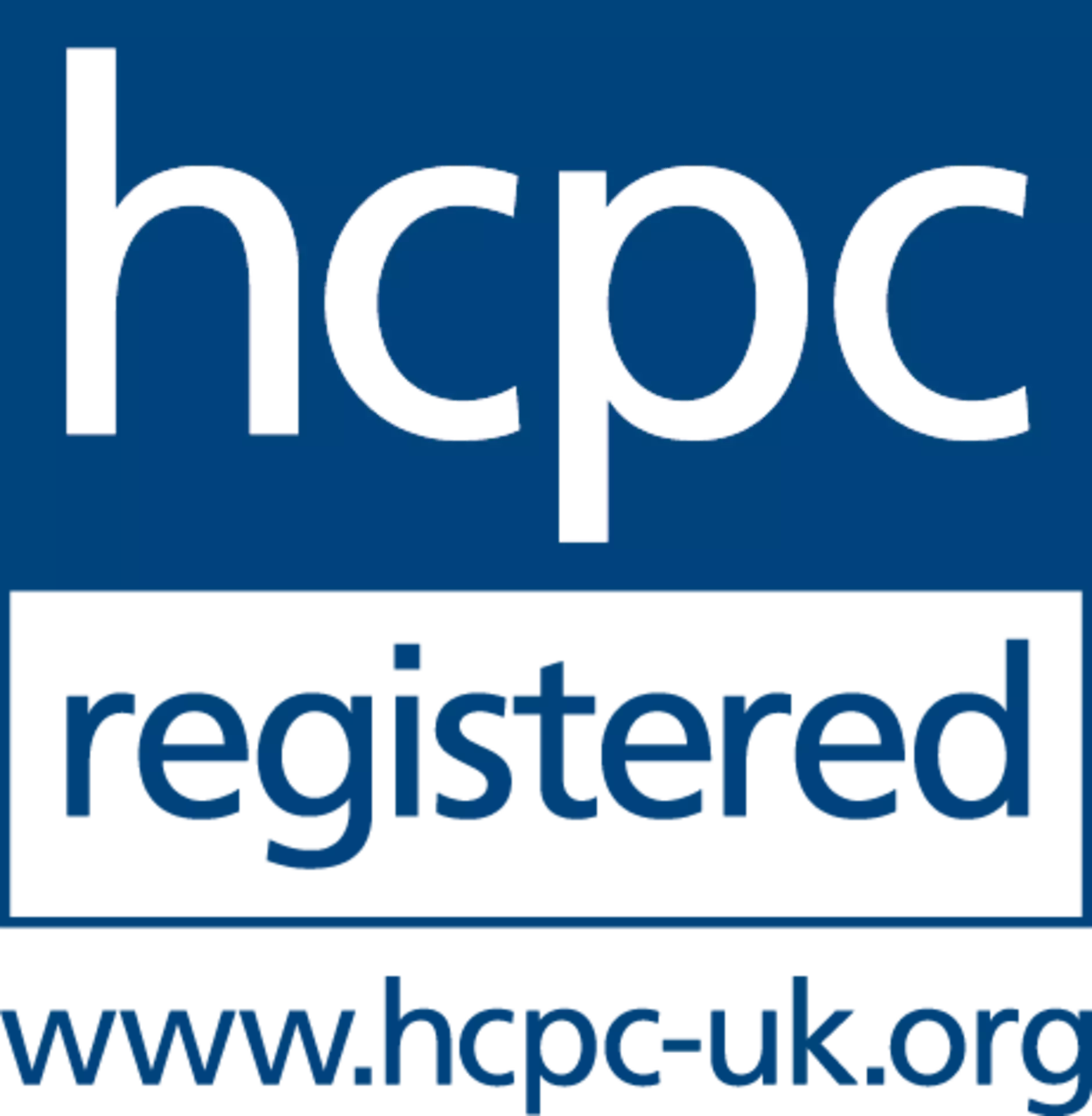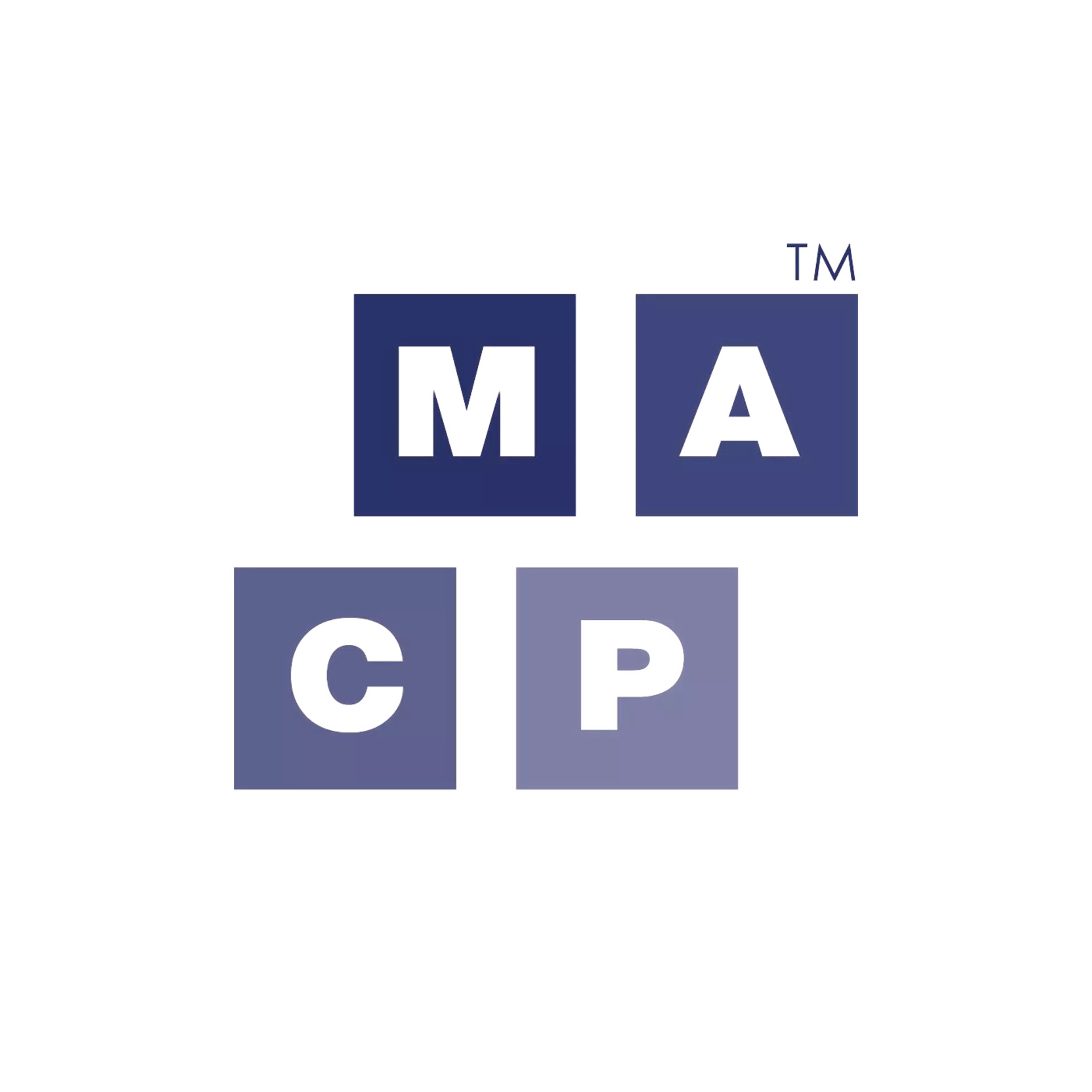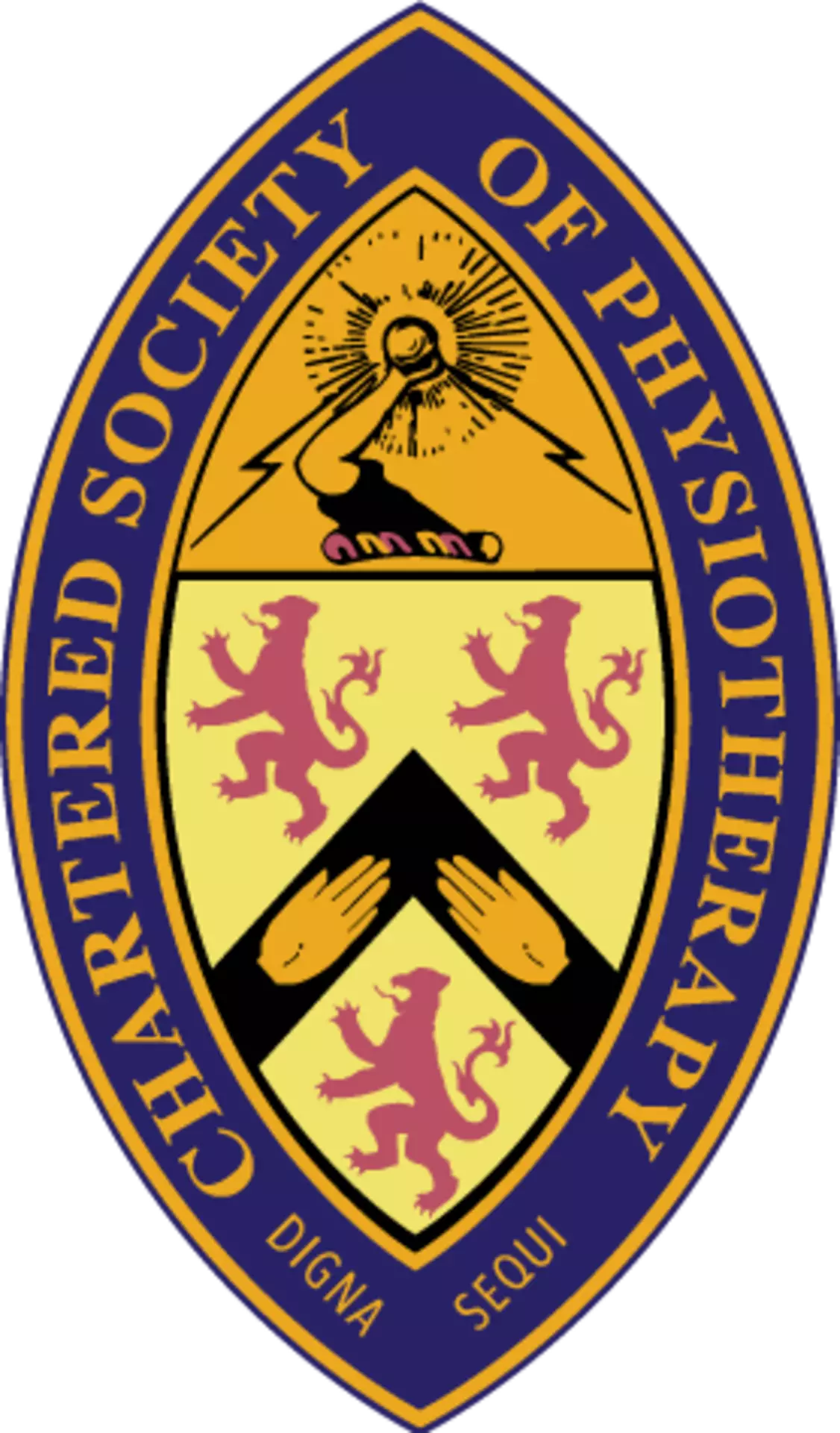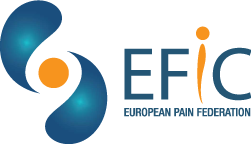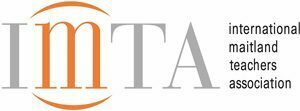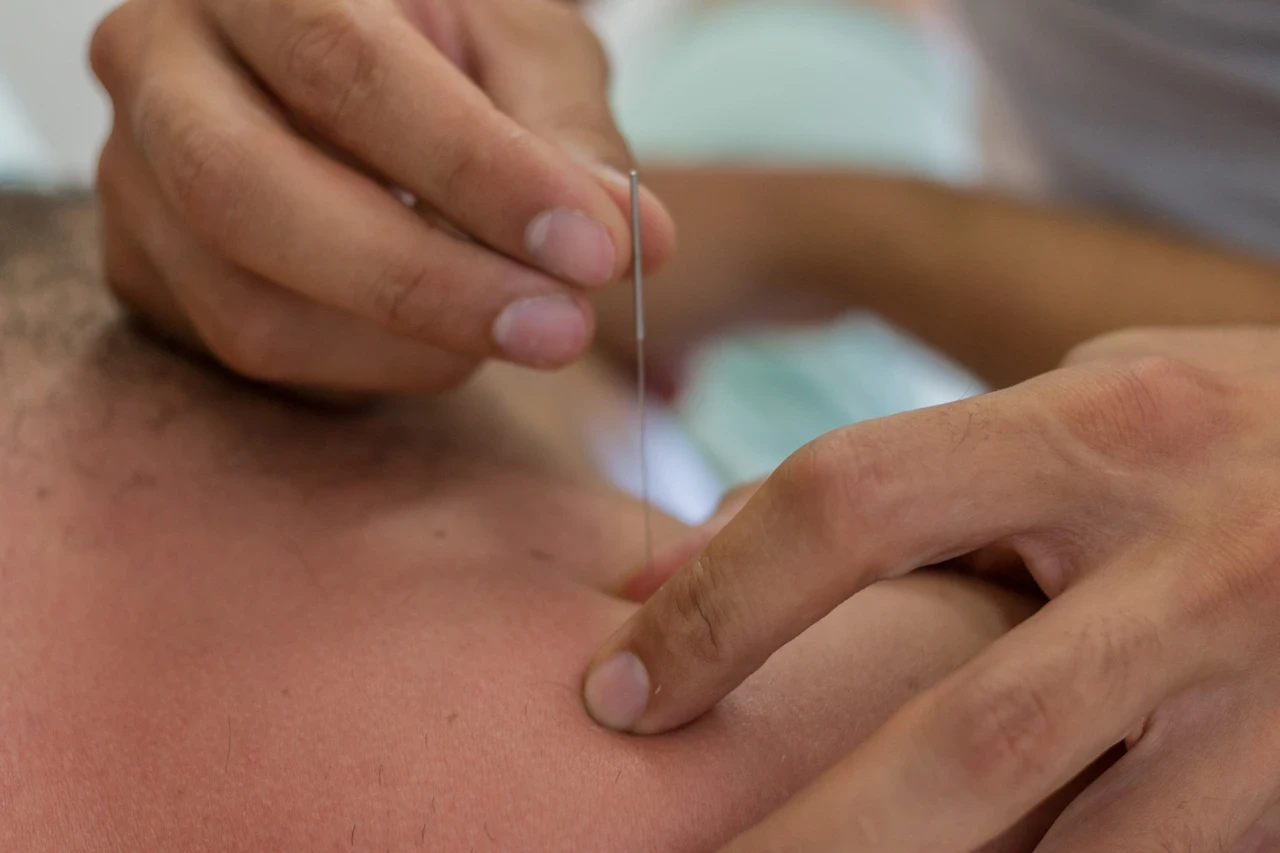
Myofascial or myogenic pain means pain coming from the muscles (Myo- comes from the Greek mўs, meaning “muscle”) and the fascia (the thin tissue that is covering the muscles). Myofascial pain is probably one of the least understood and most frequently misdiagnosed types of pain. It is also one of the most common sources of pain and results in a huge number of GP consultations, days lost from work, and missed sports activities.
The symptoms of myofascial pain can vary depending on the location and the severity of the problem. People suffering from myofascial pain often report deep aching pain which can be either constant or intermittent. Usually, it is triggered by the use of the affected muscle or muscle group. This can be accompanied by a burning sensation or stabbing pain, weakness, tingling, increased or decreased sweating, stiffness, sleep difficulties, or dizziness.
Myofascial pain can also be irritated by sustained sitting or standing positions, repetitive activities such as typing or working a press, cold or damp weather, exposure to a cold draught, or psychological stress.
There are over 600 skeletal muscles in the human body, and any one of these can develop, what is called according to the corresponding theory, a myofascial trigger point (TrP). Trigger points are “nervous hot spots” that cause muscles to become abnormally sensitive. This nervous excitability results in the development of tight bands of muscle or fascia that, when pressed, cause local pain, as well as referral pain to somewhere else in the body.
This referred pain is very important and if the physician is familiar with trigger points, he will very quickly be able to diagnose the problem, as each muscle group has its own pattern. If the physician knows these patterns, he will be able to discover very rapidly the nature of the problem and offer solutions.
Trigger points are essentially areas of nervous excitability within the muscle and they may exist in two different states:
A latent trigger point does not cause pain at rest but may restrict movement or cause muscle weakness. The patient presenting with muscle restrictions or weakness may become aware of pain originating from a latent trigger point only when pressure is applied directly over the point.
An active trigger point does cause pain at rest. It is tender to palpation with a referred pain pattern that is similar to the patient’s pain complaint. This referred pain is felt not at the site of the trigger-point origin, but remote from it. The pain is often described as spreading or radiating.
The TrPs of myofascial pain may occur for many different reasons, however, the most common reasons are injury or trauma to the muscle, and acute or chronic overuse causing muscle damage or dysfunction. Overload occurs when a muscle is being used improperly, causing overstress on the muscle fibers. The muscle will often respond to the stress that is not prepared to deal with, by developing TrPs.
If this state is reoccurring, without any efficient recovery, compensation strategies in multiple areas of the body may be developed, making the problem more widespread and complicated. This clinical presentation is often referred to as myofascial pain syndrome.
The most important way of treating trigger points is stimulation!
Trigger points need to be stimulated through neurophysiological mechanisms to be cured. This stimulation may be in one of many different ways, however the most important is by stretching the affected muscle group.
The stretching of the muscle may be very painful indeed, and in fact, it is often too painful to be able to stretch the muscle to any meaningful degree. At this state, acupuncture may be vital in the rehabilitation of trigger point problems.
The needle causes immediate relaxation, of the affected muscle, due to the effect of the micro-trauma on the release of the neurophysiological effects suppressing the overstimulation of the muscle. This relaxation will then reduce, to a certain degree, the muscle spasm and consequently increase the flexibility of the affected muscle group.
Acupuncture for the treatment of myofascial pain has been used for at least 50 years in the Western Medical setting. In skilled hands, it is safe, effective and frequently provides long-lasting relief of pain. This has been predominantly applied by members of the Acupuncture Association of Chartered Physiotherapists – a society of British Physiotherapists who have an interest in acupuncture. The society now includes around 6,000 members, most of whom practice Western Medical Acupuncture.
Acupuncture has several local effects and general effects, many of which have been studied in great detail.
Specific stretching exercises are required for long-term rehabilitation of myofascial pain, however, the treatment course can be accelerated by the incorporation of acupuncture in the rehabilitation plan. There are also many other ways of treating trigger points, other methods of trigger point stimulation include;
This is not a complete list as there are a number of other techniques that can be applied.
Further clinical research is being conducted in the field of pain, both in terms of investigating the mechanisms by which pain is experienced, and in examining different treatment options. This makes the area of pain research an exciting scientific topic with the potential to understand and, ease many people’s suffering.
Read more about current scientific evidence on myofascial pain…
